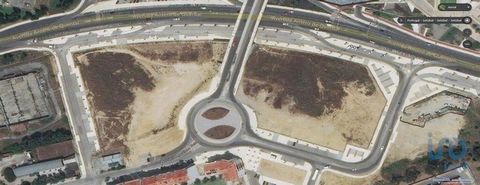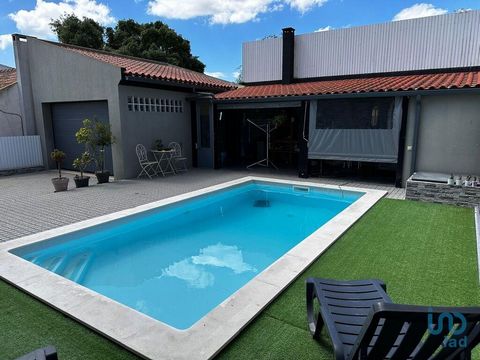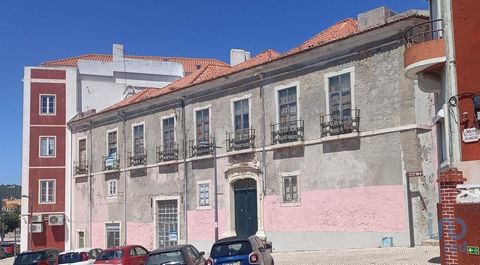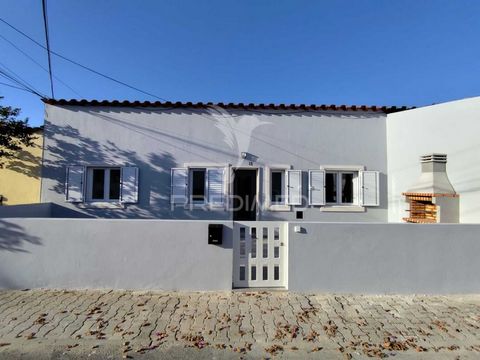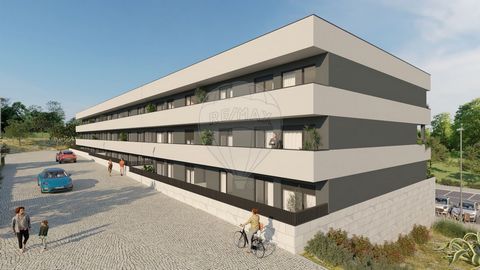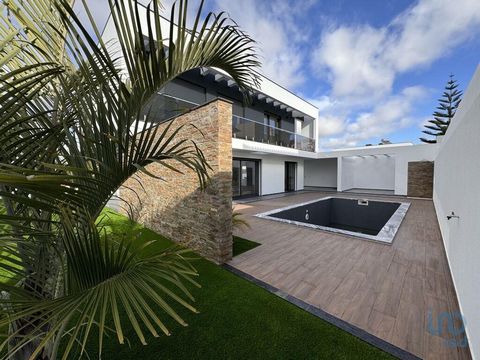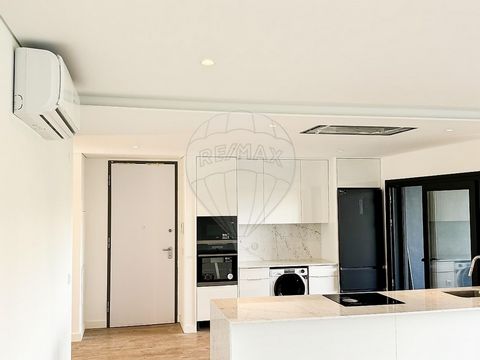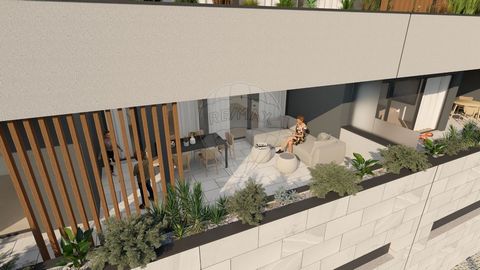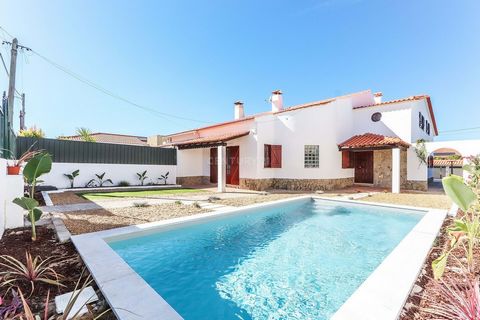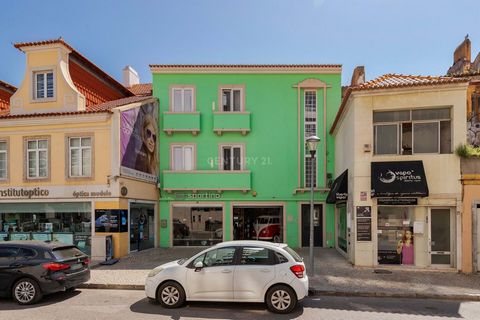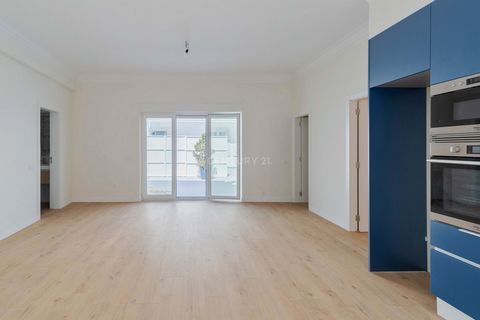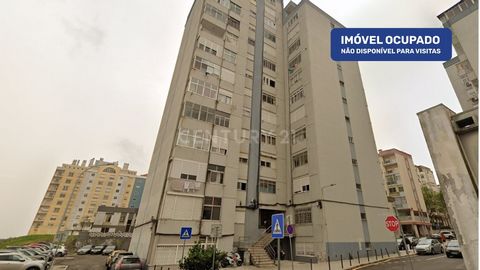Urban Land with approved project (in the beginning of construction) in Setúbal / Gambia. Inserted in a plot of 286m2, this land has an approved project for a single-family house with T4 typology with several characteristics, namely: -Total Land Area 283.3m2 - Maximum implantation area 173m2 (being in the project 92m2) - Max. Construction Area 173m2 (in the project 172.8m2) - Useful construction area 141.7m2 Floor 0 floor area: -Hall 6.8m2 -Bedroom 10.7m2 -Sanitary ins. 6.3m2 -Storage 4.5m2 -Dining Room/Living Room/Kitchen 47.8m2 Total useful Floor 0: -76.1m2 Floor 1: -Stairs 4m2 -Circulation 5.2m2 -I.S 3.9m2 -Laundry 3.6m2 -Bedroom 1 11m2 -Bedroom 2 14.4m2 -Bedroom (Suite) 12.4m2 -I.S Suite 5.9m2 -Closet 5.1m2 -Floor area 1 65.6m2 Outdoor areas -Swimming pool 18m2 -Balconies 1 10.2m2 -Balconies 2 13.9m2 Setúbal is a Portuguese capital city of the District of Setúbal and is part of the Lisbon Metropolitan Area. With the following parishes of Setúbal (São Julião, Nossa Senhora da Anunciada and Santa Maria da Graça) and São Sebastião (Setúbal) The Municipality of Setúbal is divided into five parishes. The municipality is bordered to the west by the municipality of Sesimbra, to the northwest by the municipality of Barreiro, to the north and east by the municipality of Palmela and to the south by the Sado Estuary. The Troia peninsula, belonging to the municipality of Grândola, is located in front of the city of Setúbal, between the Sado estuary and the coast of the Atlantic Ocean. History The toponym Currently, there are many potential origins for the name of Setúbal, the main ones being: A word composed of Seth (Adam's third son) and Tubal (Noah's grandson); A word composed of Sete and Tubal (not to be confused with the biblical character) that populated Iberia after the Flood, according to Friar Bernardo de Brito, as indicated in a passage from his book Monarquia Lusitana - nosso Reyno was the oldest in the village, and Setúbal the place, in which they will first order a house and neighborhood commune (Brito 1597: 7). Flavius Josephus, in the History of the Hebrews, also insinuates the same, relating the origin of the name to one of the Iberian peoples - the Tubalinos; Derivation of the romanized term 'Cetóbriga' (Ceto + Celtic designation briga for Fortified Settlement) that arrived by phonetic transformation to Setúbal. In the Memoir on the History and Administration of the Municipality of Setúbal (1877) written by Alberto Pimentel, it is suggested that the term Setúbal comes, through corruption, from Cetóbriga; According to some authors (such as José Hermano Saraiva), like other Iberian and southern European cities, the toponym 'Setúbal' may be related to the hydronym of the river (Sado or Sadão) that bathes the village, referred to by the Arab geographer Dreses as Xetubre. And, in this case that the toponym Setúbal is related to the hydronym, its origin may be in the word Ketovion, as suggested by Montexano. [ From the Neolithic to the Christian Reconquest Setúbal was born from the river and the sea. Records of human occupation in the municipality's territory date back to prehistory, with numerous traces having been collected in various places since the Neolithic era. It was visited by Phoenicians, Greeks and Carthaginians, who came to Iberia in search of salt and tin, namely to Alcácer do Sal, a village to which the river was then navigable. During the Roman occupation, Setúbal experienced enormous development. The Romans installed fish salting factories and ceramic ovens in the village, which they also developed. The fall of the Roman Empire, the barbarian invasions and the constant cabotage piracy caused the stagnation, if not the disappearance, of the village between the sixth and twelfth centuries. For more information contact me!!
